On the label of most men’s suits, you can usually find a number and a descriptive letter indicating the jacket size.
In short, the number is your chest measurement in inches, and the letter is the jacket length.
For instance, after the chest size number (34, 40, 44, etc.), there will be letters like S, R, or L. What do they mean, and how to find the right size?
These letters stand for “short”, “regular”, or “long”. They describe the overall jacket length and sleeve length.
So as the number represents the chest size, the letter determines the length of the suit relative to the suit number.
The difference can be quite enormous. Even the lapel width depends on the length of the suit.
How to Find the Right Suit Jacket Size
Before shopping for your new suit, it’s vital to get a few measurements to help you find the right size, and it will save you from having to try on hundreds of suits when you hit the stores.
If you have a friend to help, it will make measuring yourself much easier. If not, here’s a quick reference on how to fit your suit and how it’s supposed to look on you:
First, determine your chest size by measuring around the fullest part across your chest and under your arms.
Be careful not to hold your breath. The tape should fit snugly around the torso.
Jacket and Sleeve Length: Short, Regular, or Long?
After that, measure your height in feet and inches. It will determine whether you go for a jacket that’s “short,” “regular,” or “long.”
Choosing which is right for you significantly depends on your height:
If you are 5’8″ or shorter, pick a jacket that says “short.” If your height is between 5’8″ and 6’2″, select “regular,” and if you’re 6’2″ or more, then choose “long.”
The sleeve length is right if between a quarter and a half-inch shirt sleeve is showing under the jacket.
The overall jacket length should cover your entire butt.
If you have an over-arm measurement of more than 7″ bigger than your chest measurement, it’s best to choose a jacket one size larger than your chest.
But there’s a better way to meet the proper suit jacket size, not affecting the suit length. It’s by choosing the right suit cut for you.
Different Suit Jacket Cuts
Suit jackets aren’t all cookie-cutter designs, each one like the next. The “fit” of your jacket is one aspect of your suit that can influence your overall appearance.
Your jacket fit describes the cut of your suit, which dictates the overall shape of the garment.
As a result, the fit affects how much your suit jacket hugs your body. For example, the fit of your suit jacket will influence how roomy the chest is.
The slimmer the fit of the suit, the more narrow the jacket will fit around the chest. In other words, it will hug closer. So, conversely, a classic-fit jacket has a good deal more room than a slim-fit jacket.
Measuring your chest will help you decide which fit you should choose. For example, if you have a large chest, you would probably do best with a loosely cut suit jacket.
Slim-fit suit jackets are pretty fitted all around the chest. The armholes are cut higher, too.
A slim fit means that the fabric sits closer to your body; there’s less fabric used in the design. As a result, your movement can be somewhat limited.
On the other hand, classic fit suits have a bit of excess fabric, so they are more loosely draped. As a result, there is plenty of space around the chest and through the arms.
Modern-fit suits are a combination of both slim-fit and classic. It’s more tailored than the classic fit cut but not as restrictive as a slim-fit suit.
How Should Suit Pants Fit with the Jacket Length
For your pants to fit well, you’ll need to measure your waist (find it by bending sideways) and your inner leg length.
Your trousers need to drape throughout smoothly, no matter the fit type. No part should be saggy, and no portion should be pulling too high, either.
Proper Pants Length
Your suit pants should just brush the top of your shoe, give or take, very slightly. Your ankle should not be visible under any circumstances.
The exact length of your trousers, as well as the weight of the fabric, will determine your pant break.
This is the crease that forms around your ankle from your pant hem hitting the top of your shoe. In addition, different types of suit fits will call for different trouser break sizes.
Slim-fit suits usually have no break at all. Since the ankles are tapered, they should be narrow enough that there is no extra fabric to crease.
Most suits will traditionally go with a partial break, meaning there isn’t a very large indentation. This length is perfect for classic fit suits and is most common for formal wear.
Some suits will have a full trouser break, although this can be challenging to pull off successfully. In addition, full-trouser breaks can swiftly make your suit trousers look baggy.
How do Pant Sizes Work?
Suit pants are usually sold according to a calculation called the “drop,” which is usually 6 inches.
In other words, the drop is the ratio difference between the trousers’ waist size and the jacket’s chest size.
The 6 inches drop difference between the pant and jacket sizes means that a 40R jacket size goes together with 34R pants. Some brands, however, offer higher drops.
Also, the standard 6-inch pants drop might not fit you. If that’s the case, you can shop for separates or consider alterations.
Suit Fit for Short Men
There are a few smart ways that shorter men can wear suits to give the impression of a little extra height.
For a start, men below 5 feet and 8 inches should go for the suit’s short (S) version.
Another common mistake shorter men make is wearing clothes that are too big.
Always, no matter what size you are, wear a well-fitted suit. In fact, the same holds true for all clothes. That’s because loose clothes stretch your appearance horizontally, making you look shorter and wider.
Also, try to steer clear of very dark colors like dark blues and blacks. Pick slightly lighter shades instead. Darker colors tend to shrink the total appearance.
Draw the eye upward with the clever use of accessories like dress watches, pocket squares, and sunglasses. Avoid belts, which have the effect of cutting the body in half horizontally, optically shortening it.
Shorter men should also steer clear of wearing waistcoats with their suit jackets or draw attention away from the overall vertical jacket length.
Instead, pick jackets with buttons situated higher. That will elongate the legs and draw the eye upwards.
Shorter men can feel free to break the old rule of wearing a jacket that covers the buttocks completely. Rather, they should opt for a slightly shorter jacket, which lengthens the leg.
The same can be achieved by making sure your trousers have no break. In other words, they have no fold when they sit on the top of your shoes.
A dress shirt under your jacket with vertical stripes will also have a lengthening effect. Try to wear monochrome colors, such as a blue shirt with a navy jacket, rather than a contrast.
Solid color dress shirts also affect like they lengthen the body. That’s because they are not broken up into color blocks.
Suit Fit for Tall Men
Tall guys over six feet and two inches should go for the suit’s long (L) version. Also, they need to be careful not to buy off-the-rack clothes that are too big for them.
To get the jacket length right, they can buy something with a little more width.
It’s simple enough for a good tailor to take those loose-fitting clothes in by an inch or two. That will help you not look like you’ve lost weight or borrowed someone’s clothes.
Avoid vertical stripes, as these will elongate your body even further. Replace pin-striped suits with plain fabrics as well. It goes the same for the shirts you wear under the suit.
I advise choosing clean and solid color shirts, such as white. As for the suit, go with a cool color, such as navy.
Solid ties are fine, and so are foulard. Make sure that the length of your tie is correct, too.
In addition, the tip should brush the top of your belt. And yes, tall guys should always wear belts to create the impression of a shorter torso.
Suit Fit for Big Men
Large men might need to have custom-tailored suits, although it depends on your body type.
The reason is that even if you’re carrying some extra weight across your stomach or chest, your arm size and overall height don’t change.
If you’ve decided to buy an off-the-rack suit anyway, I advise going for a regular fit suit. The chest and the stomach are wider open and can be easily adjusted with altering.
To learn more about this topic, read our guide for big and tall men.
Making Adjustments
Rather than settling for a suit that doesn’t fit you the way a good suit should, it’s worth having your tailor adjust the garment for you.
Suit manufacturers usually leave about an inch of fabric at the seams so tailors can make alterations. Pants can easily be taken in as well.
Hopefully, this information has given you a little more insight into getting precisely the right fit for your next suit.
A professional tailor will be happy to advise you and can create a suit to your exact requirements.
Other than that, he can also adjust a ready-made suit so that it fits you perfectly.
Hi, I’m Alex, and I’ve studied and specialized in styling in Rome. Through my writing, I want to help men dress well and learn the purpose and significance of suits and other formal attire. My final goal is to make men more confident in their wardrobe choice and life in general.
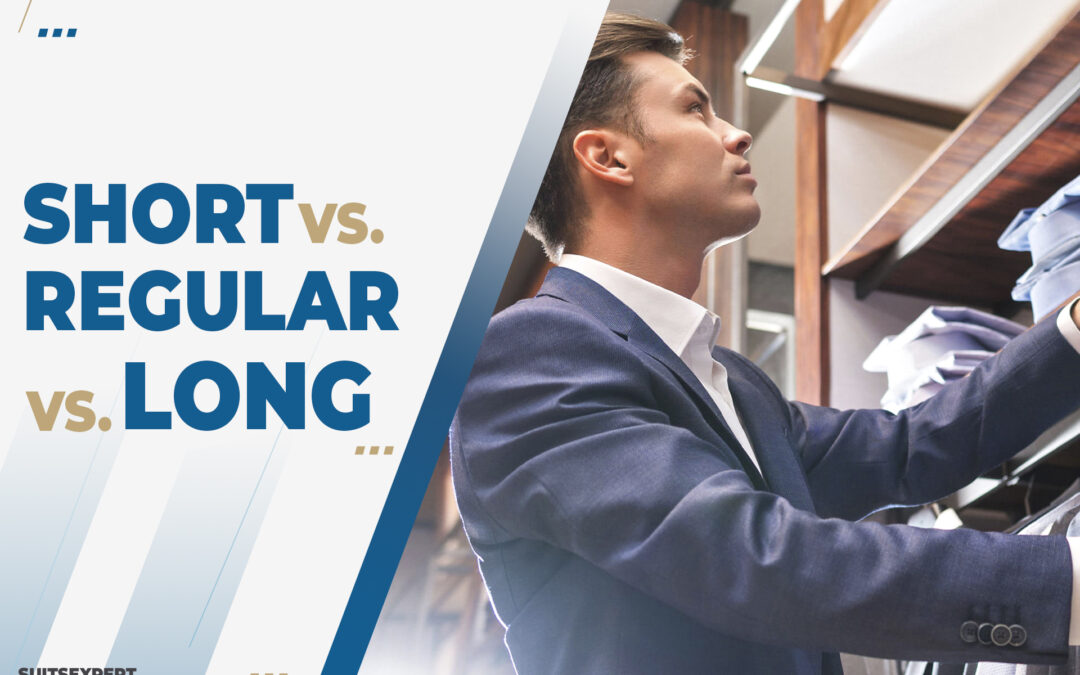
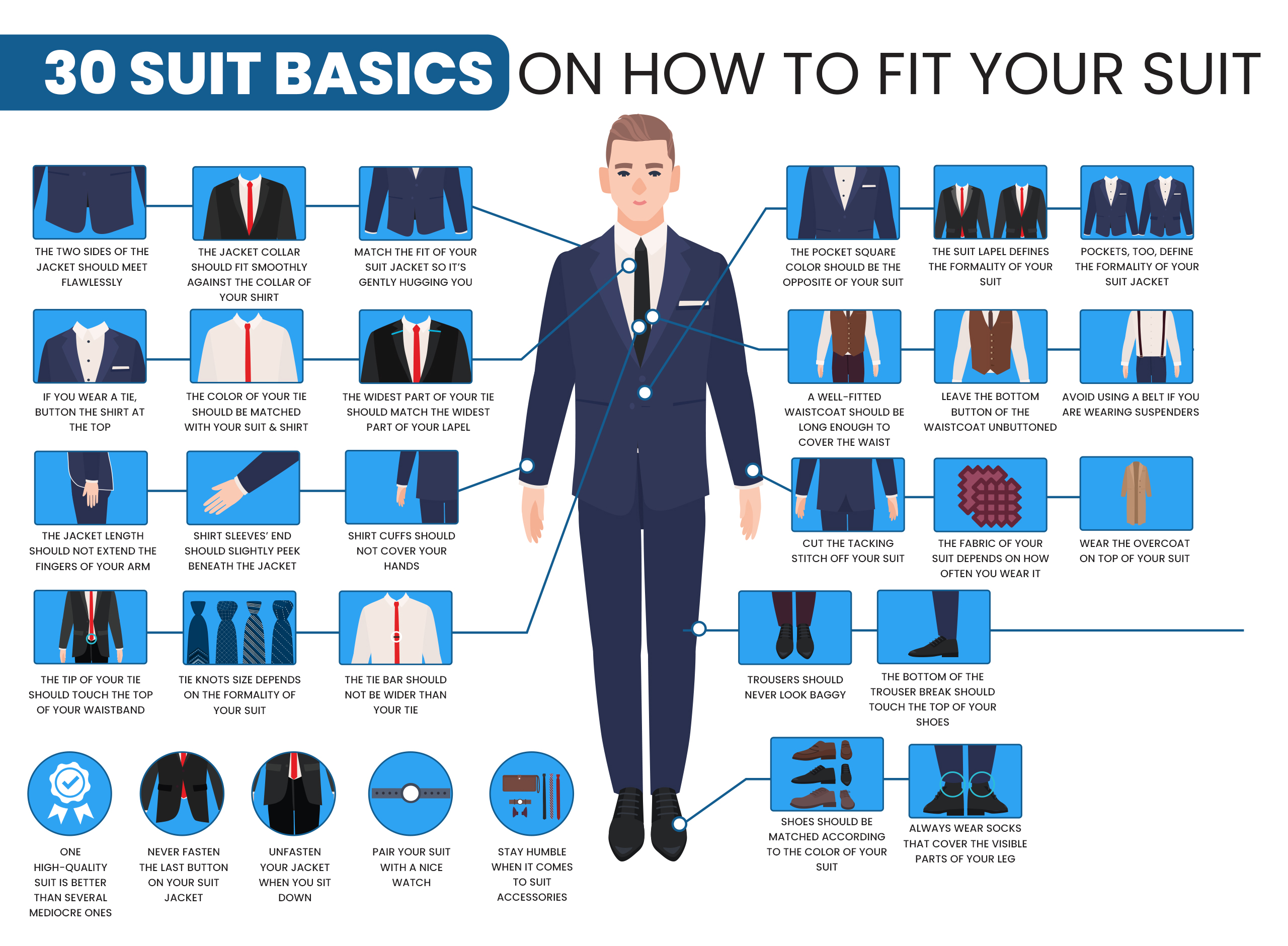
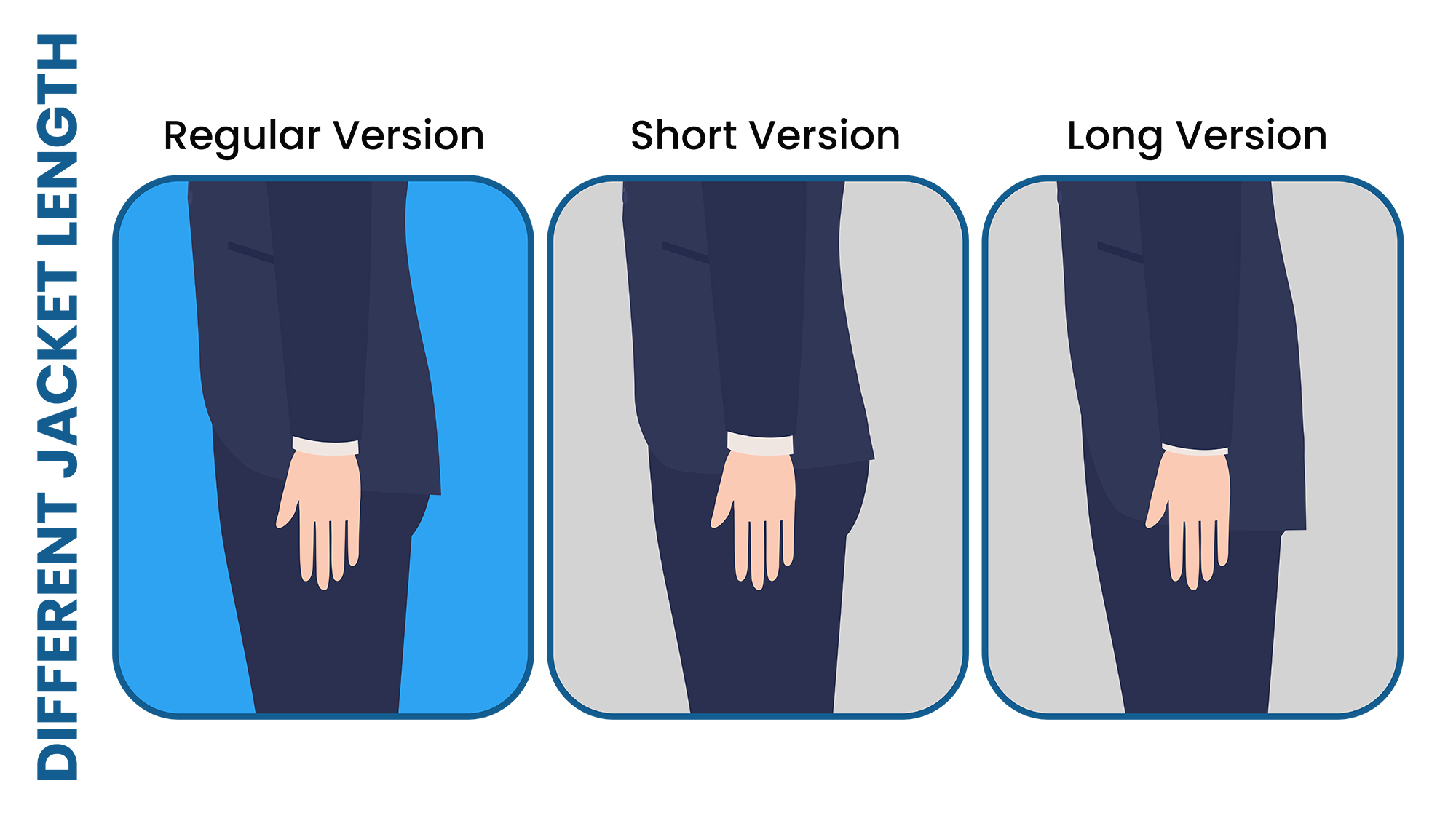
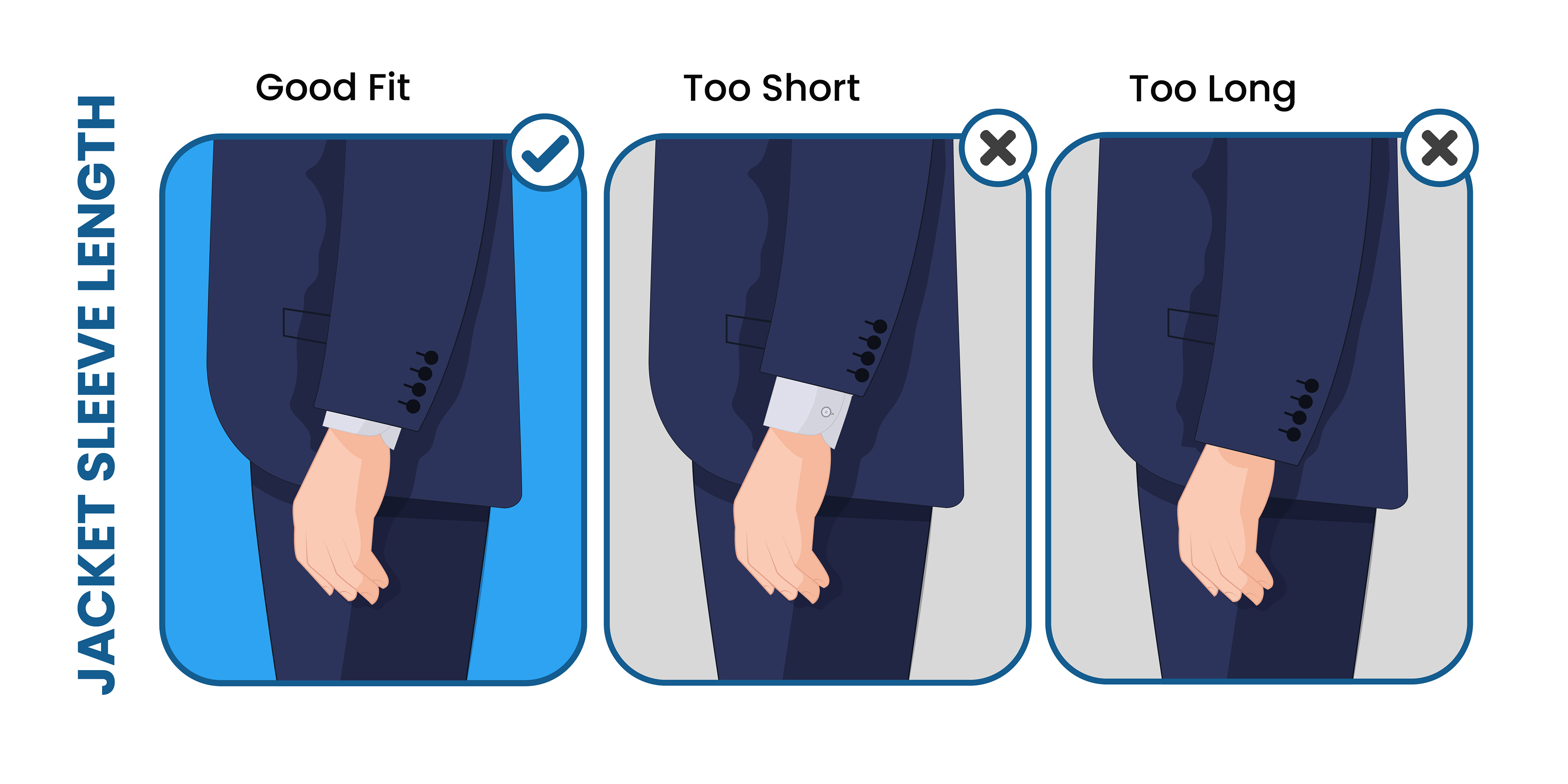
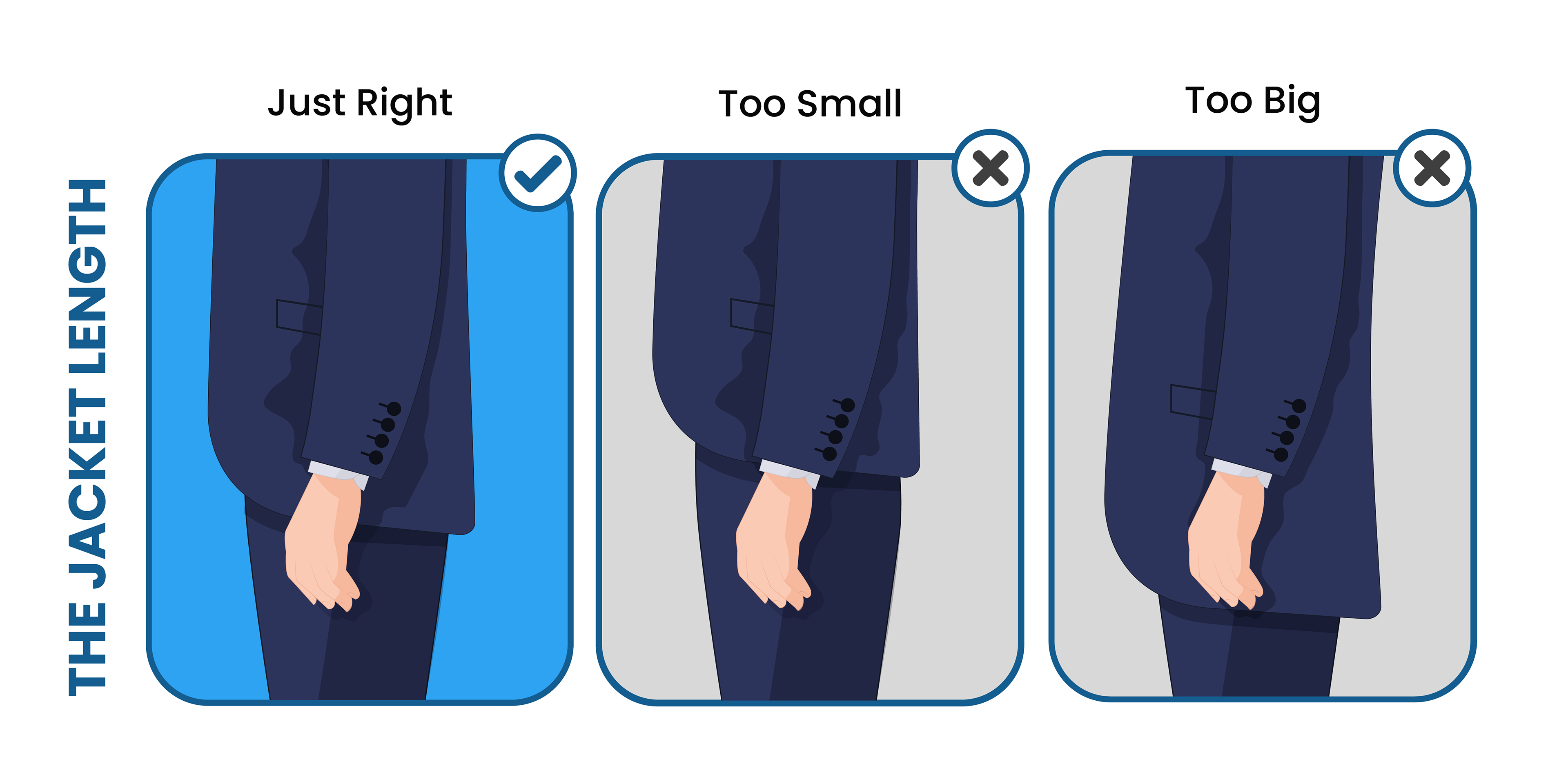
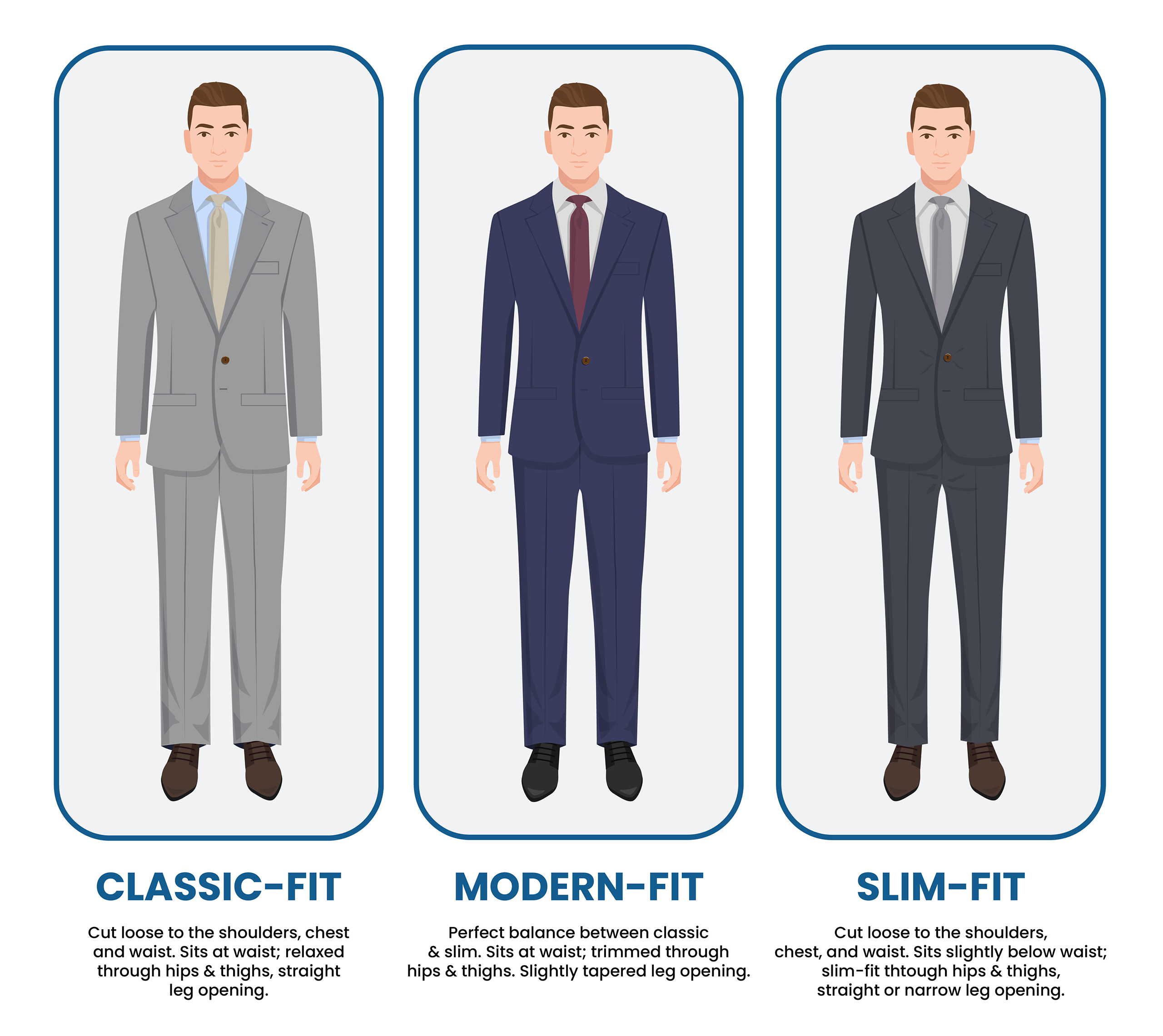
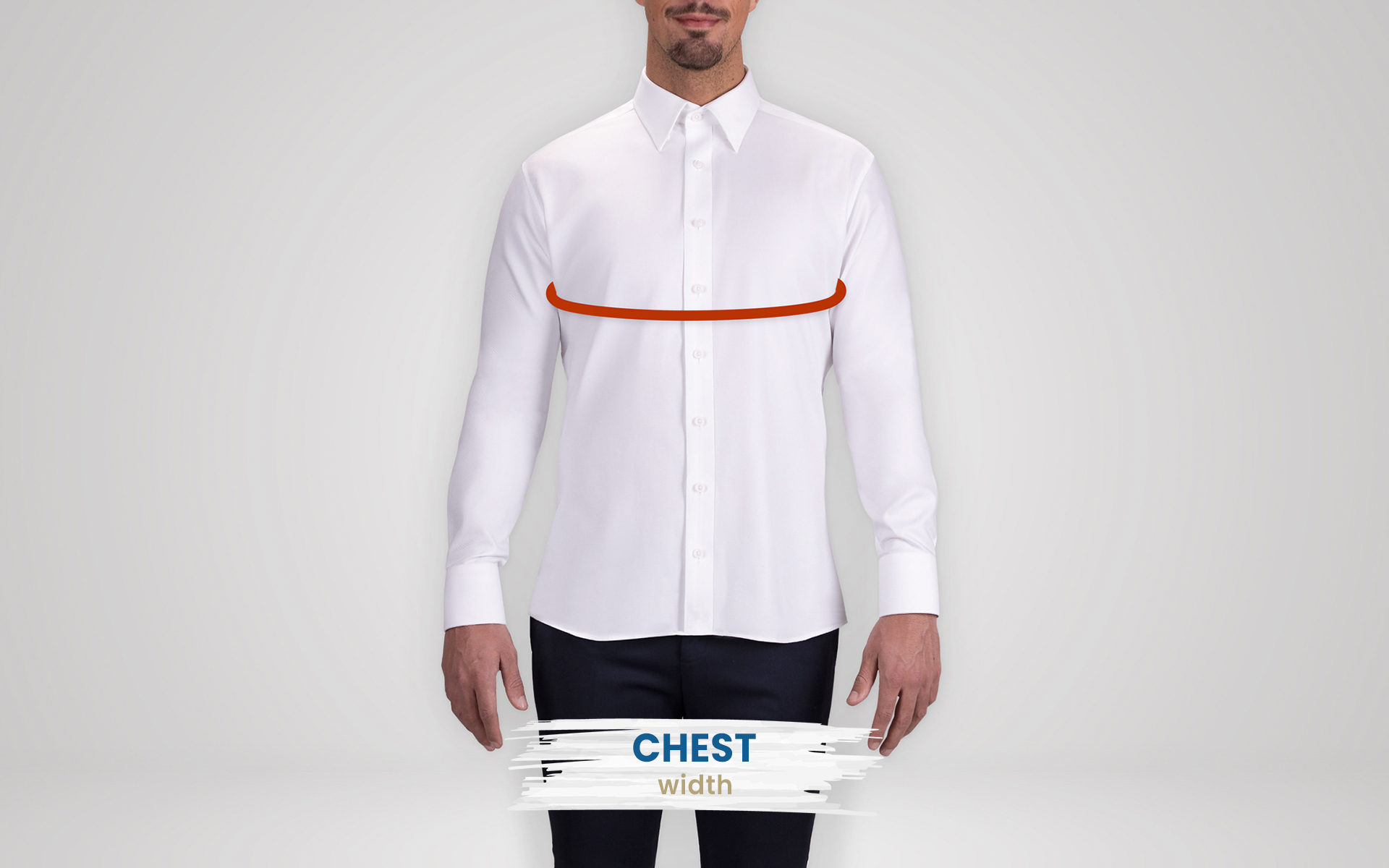
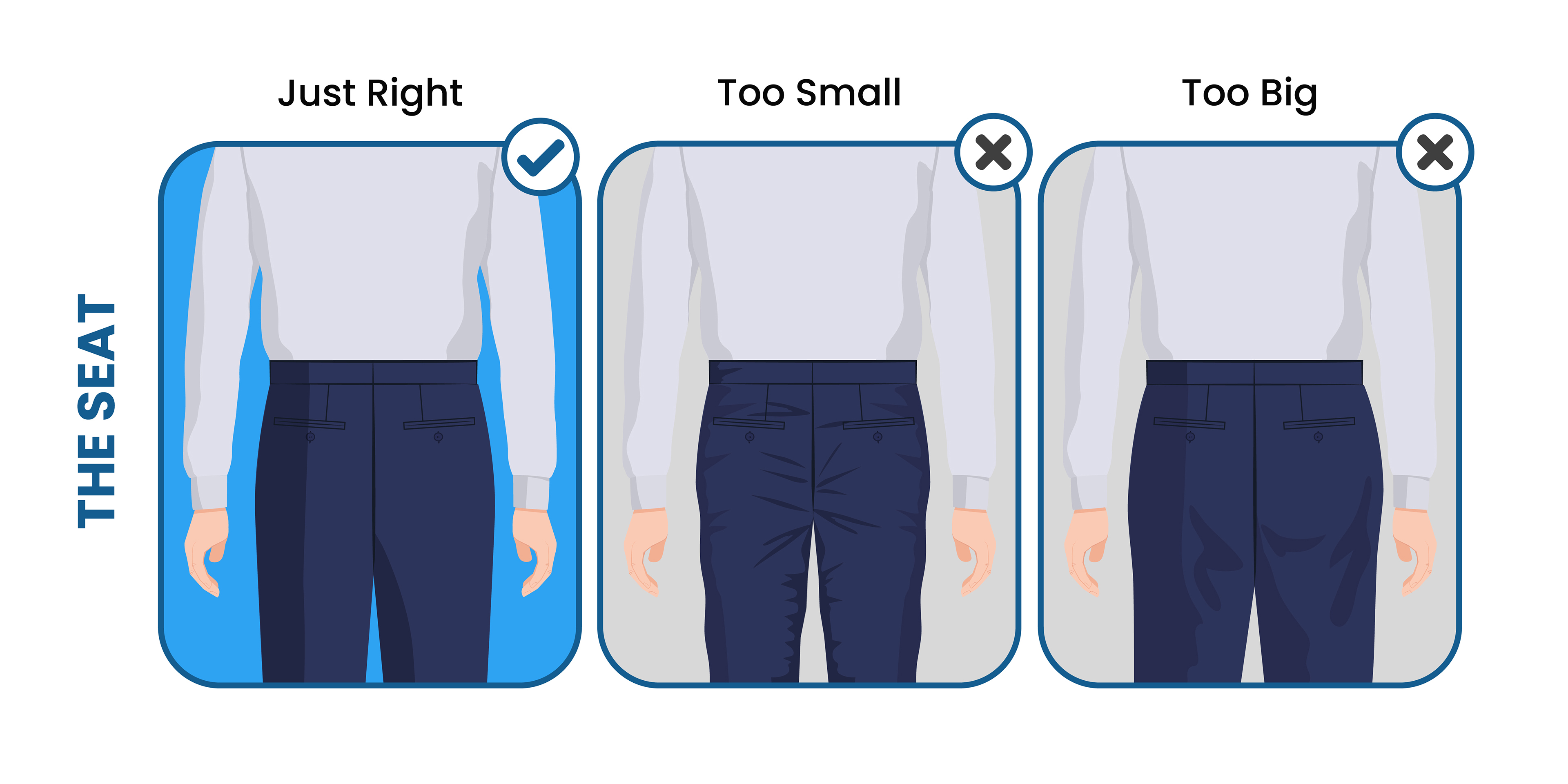
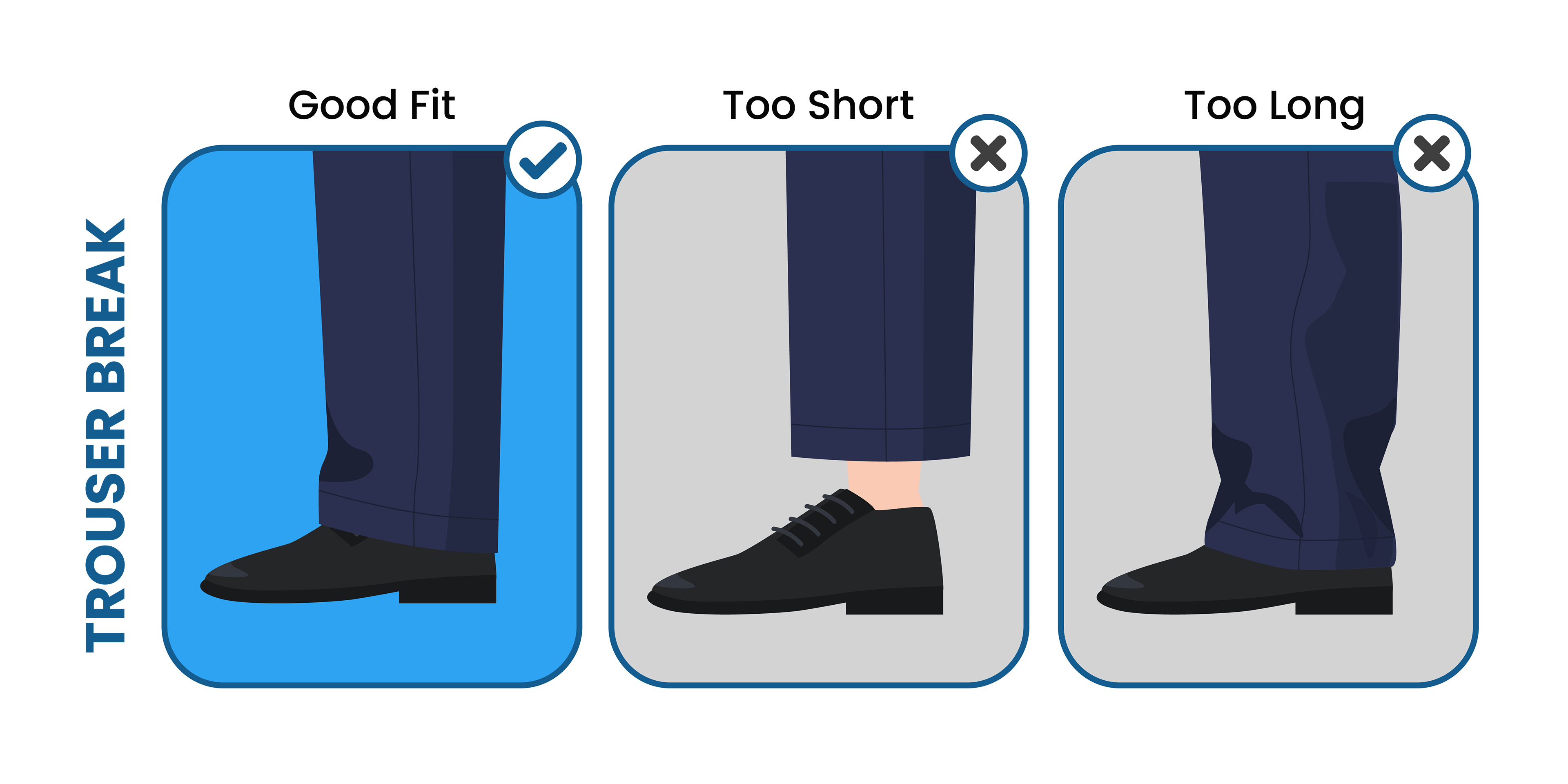
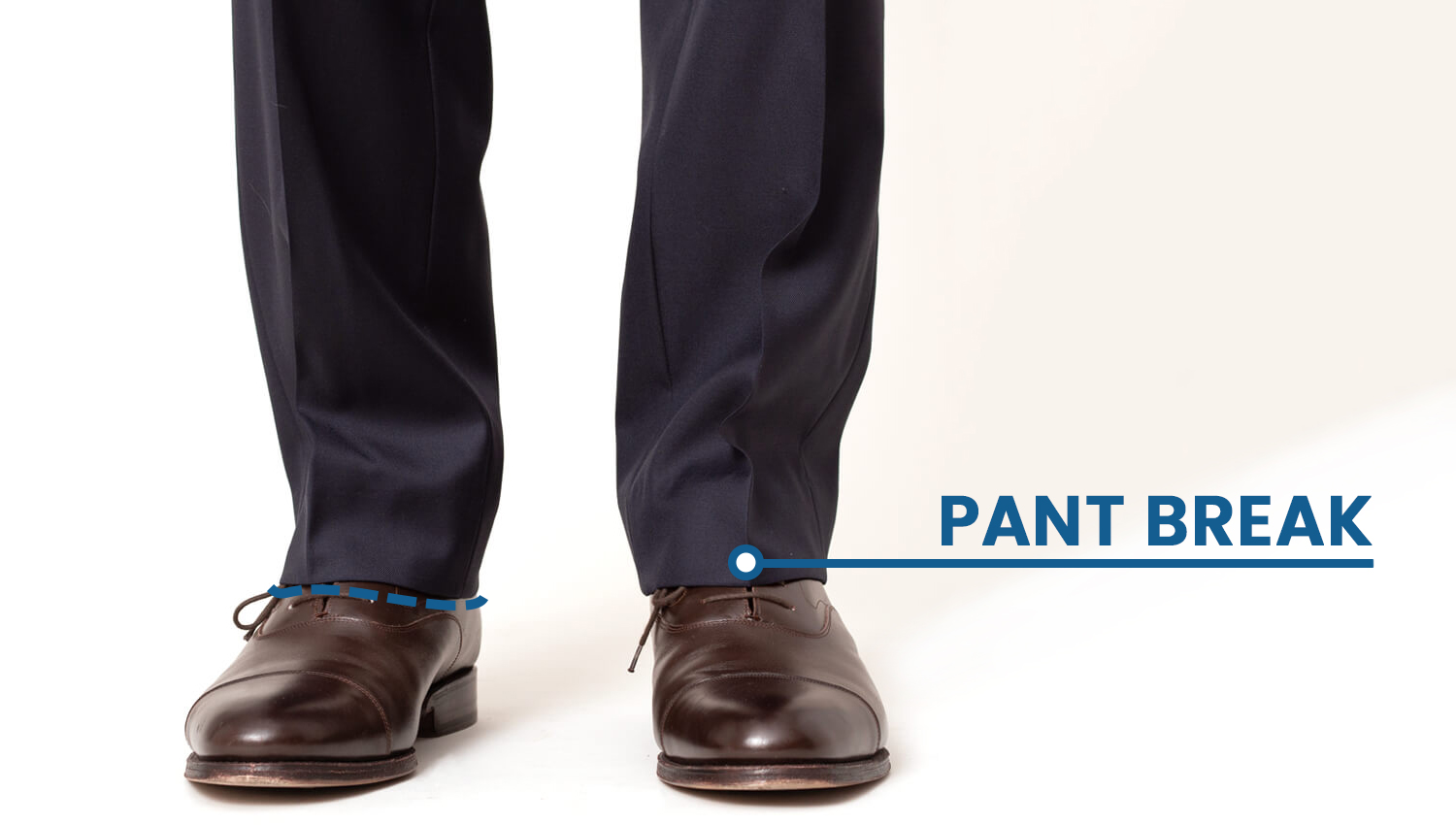
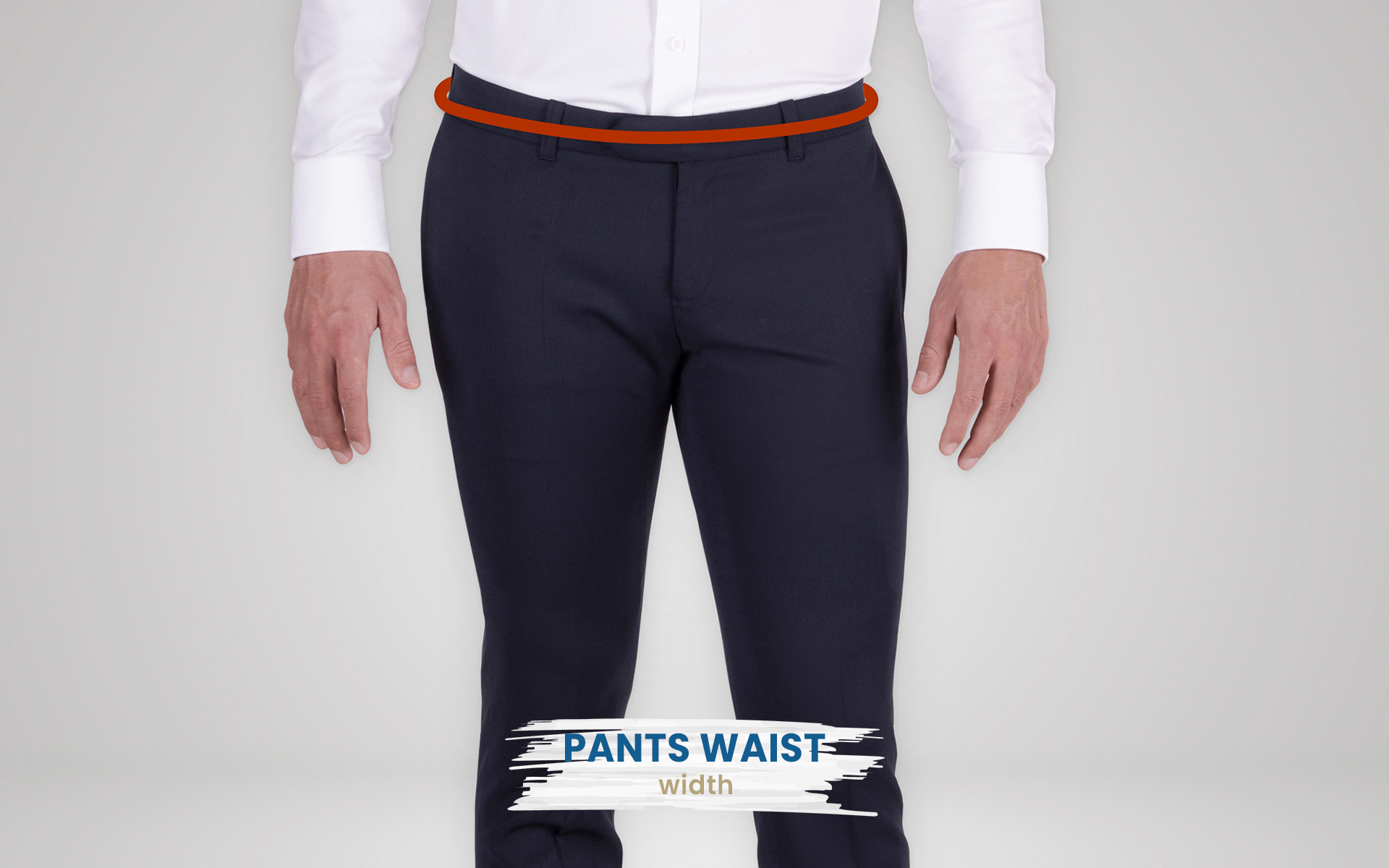
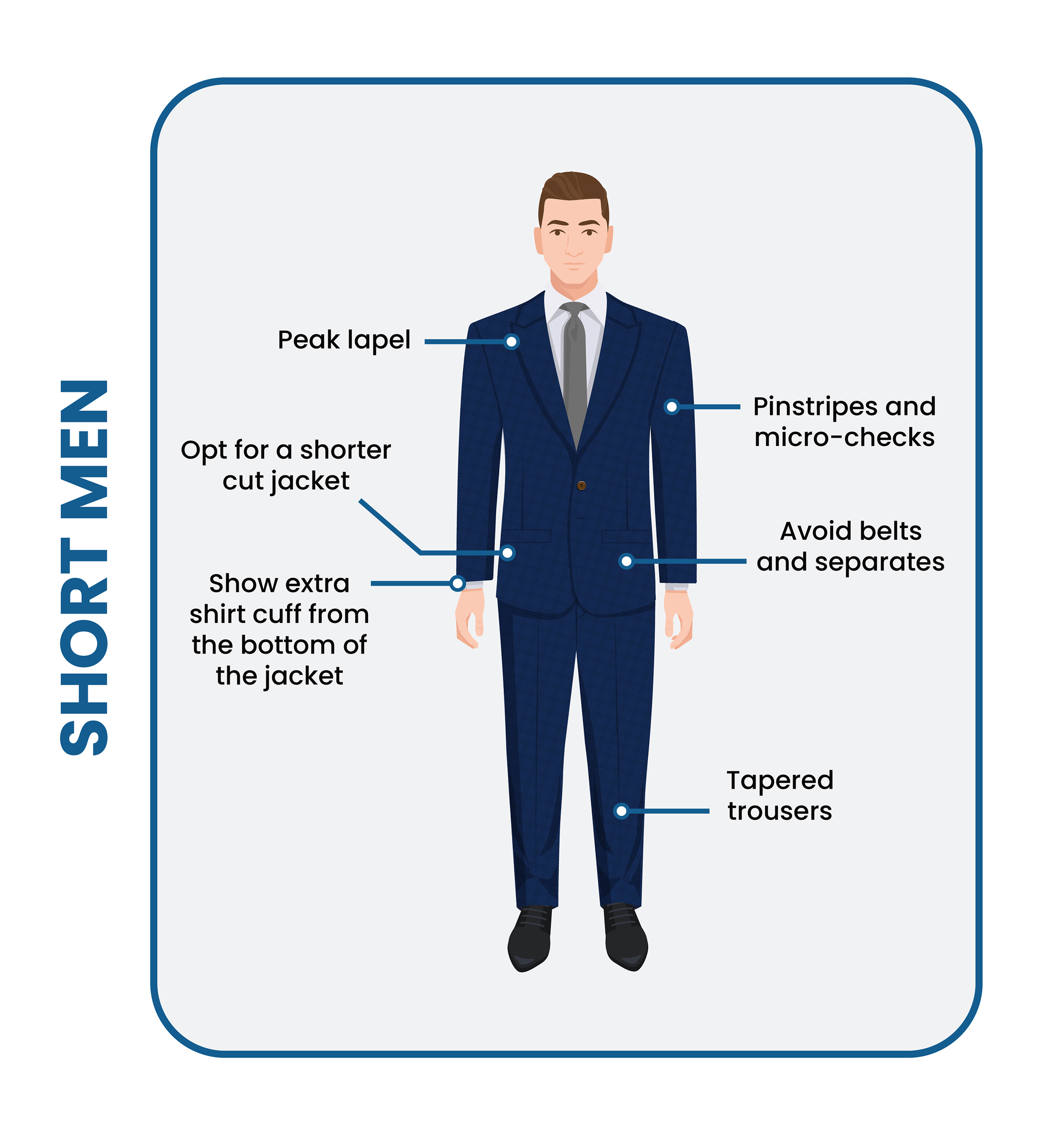
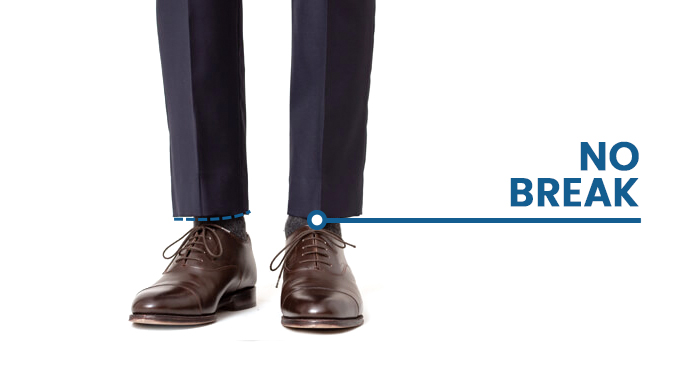
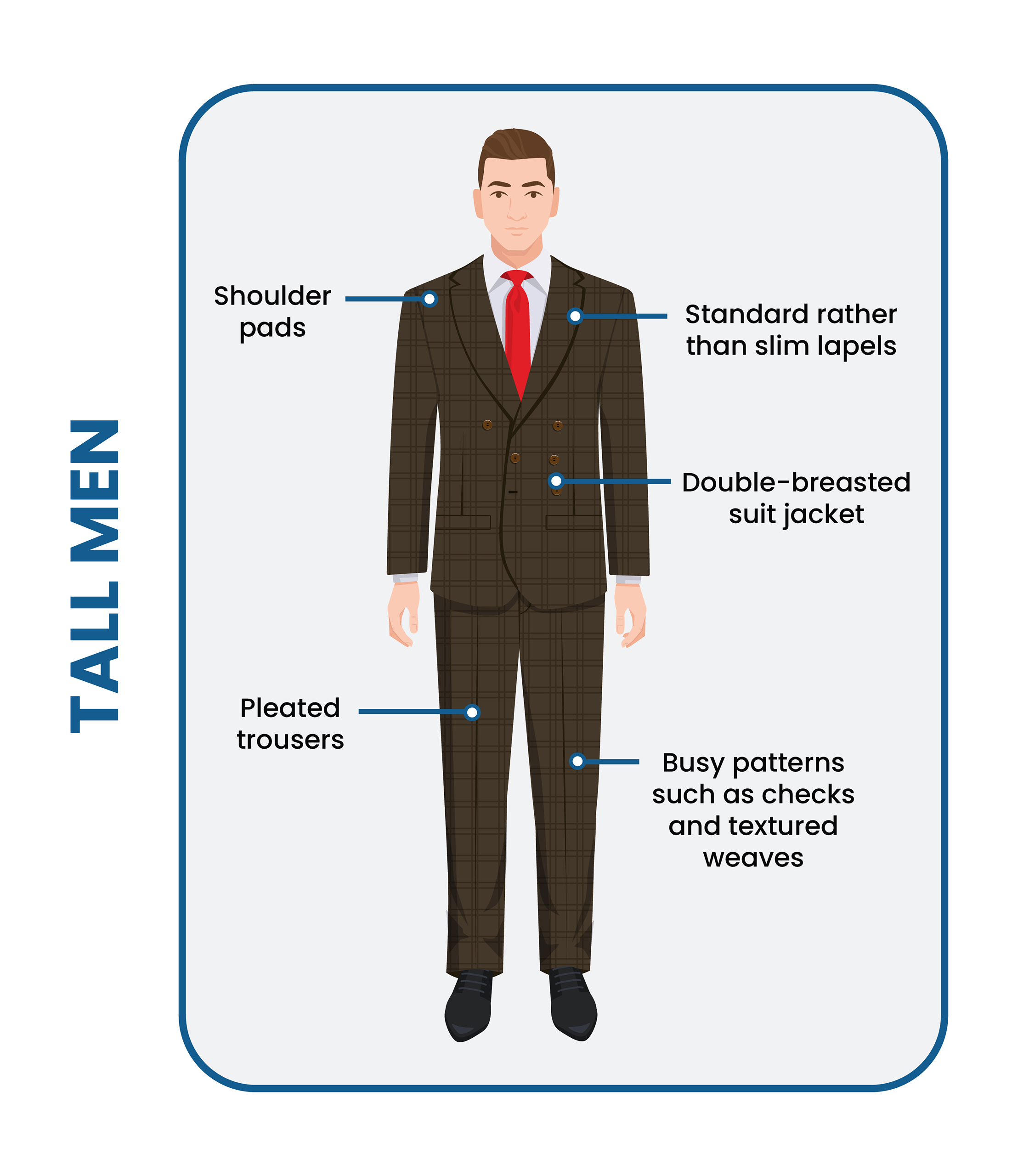

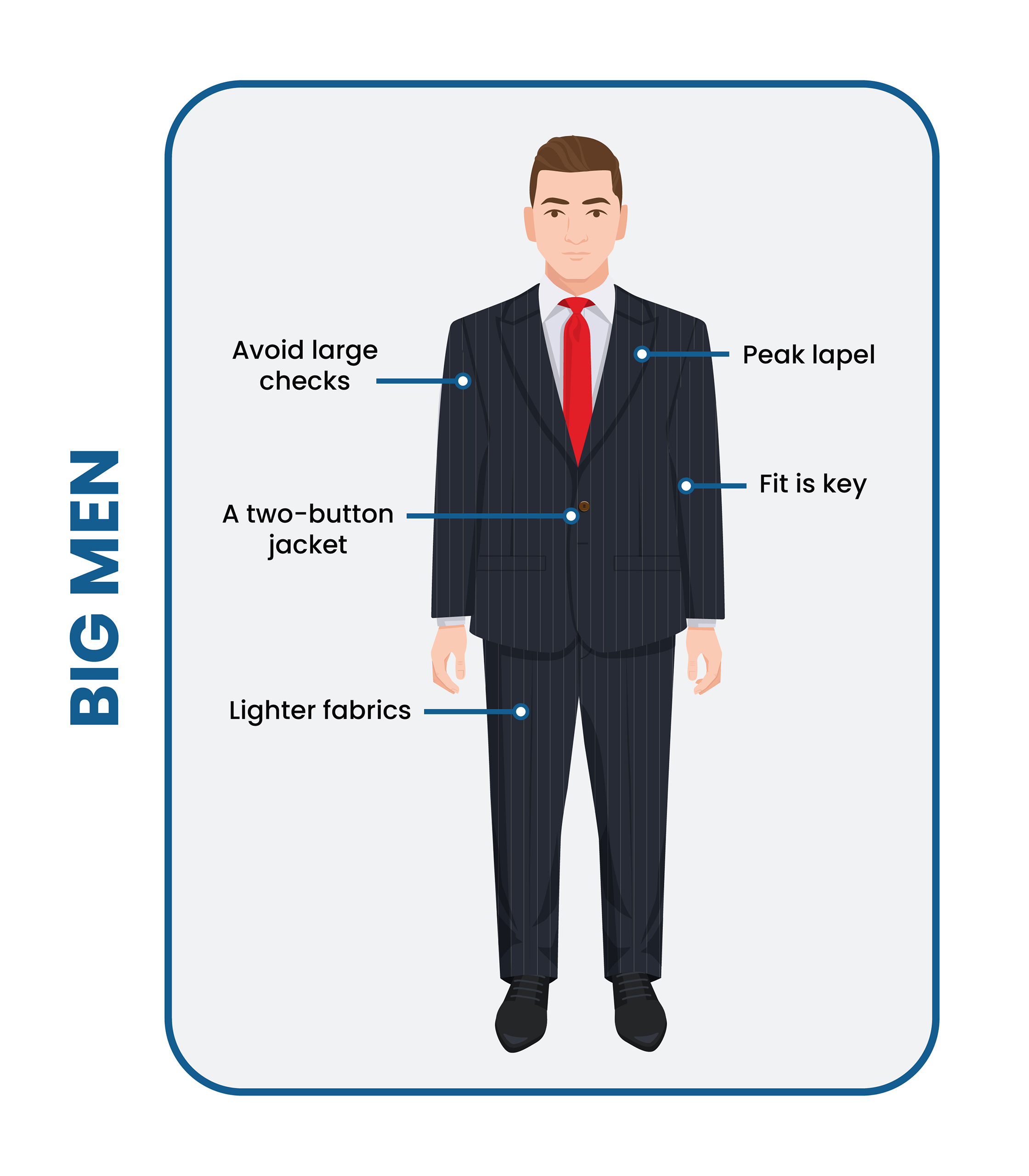





I have several suit jackets that I really like. Over time the pants became worn or git damaged from use but the jackets are still pristine. Some of them are most likely outdated. I’ve tried to research the labels as a way to try and find matching parts but have had no luck. Do you know of another method that I can use to find another pair of matching pants for them?
Thanks
To approximately determine the jacket number (which is, in most cases, the chest number), measure the jacket’s chest size, and multiply it by 2. If it’s in-between numbers, choose the larger one. The pants usually come in a number drop of 6.
As discussed above, the letter is roughly determined by your height. Of course, for exact measurements, it’s better to visit a tailor personally.
My son in law wears a 42 regular blazer. Unfortunately the arms are often too short. What would u suggest to remedy this problem?
Consider buying a 42L suit jacket or choosing 44 regular and making some alterations to the blazer’s length.
I was 5’10.5″ but due to age I am now 5’9″. I have worn 40R for years but now when I try on a R, the sleeves are well beyond the wrist and look ill fitted but the S looks perfect. Should I wear the S or have the R tailored. I am also slightly short wasted & my sleeve is 32. Thanks
One of the essential parts when it comes to a suit jacket fit is the jacket length. How does 40R feel in terms of overall length? If you feel like it fits just right, you should visit a tailor to have your sleeves altered. However, if you feel like jacket length is slightly larger, then the 40S would be the better choice. I hope that helps!